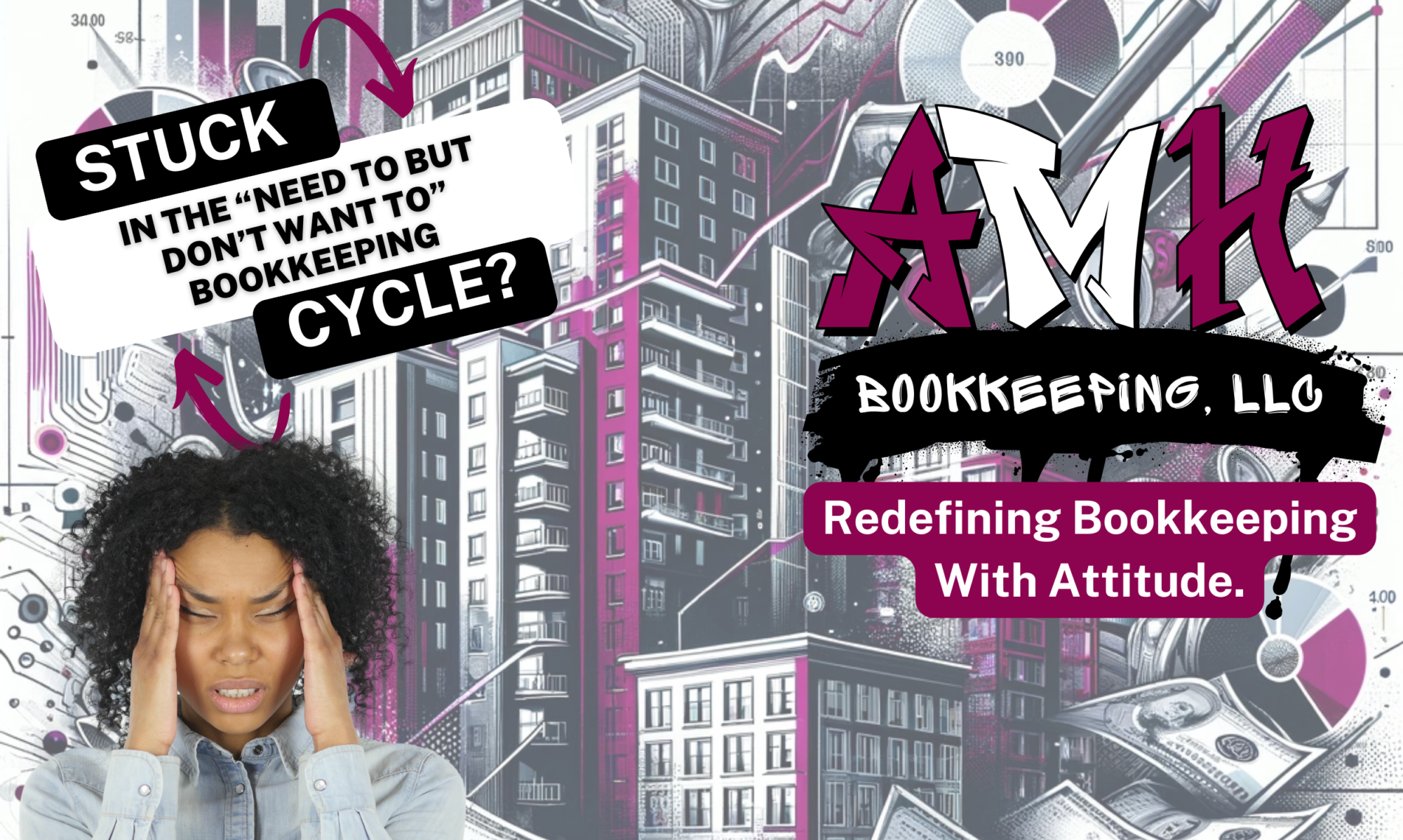
The 1031 Exchange: Your Roadmap to Tax-Deferred Real Estate Investments
Introduction
Among the myriad tools available to real estate investors, the 1031 exchange, named after its position in the Internal Revenue Service (IRS) code, stands out. It offers a compelling strategy to defer capital gains taxes, keeping more of your hard-earned profits in your pocket. Let's delve into this beneficial mechanism and understand how, when leveraged correctly, it can substantially enhance the value of your real estate investments.
Understanding the 1031 Exchange
A 1031 exchange, also known as a like-kind exchange, permits real estate investors to defer capital gains taxes on investment properties. It operates on a straightforward principle: if you sell a property and reinvest the proceeds in a 'like-kind' property – that is, a property of a similar nature or class – you can defer paying taxes on the profit from the sale.
Take the example of an investor who sells a rental property for $500,000 that was initially purchased for $300,000. Ordinarily, the investor would have to pay capital gains tax on the $200,000 profit. However, if they immediately reinvest that profit in another rental property via a 1031 exchange, they can defer paying this tax.
The Rules of the Game: Timelines and Criteria
While the benefits of a 1031 exchange are clear, it's crucial to understand that this isn't a free-for-all. The IRS imposes specific rules and timelines that must be strictly adhered to for a transaction to qualify as a 1031 exchange.
-
- 45-Day Identification Window: After the sale of the initial property, the investor has 45 days to identify potential replacement properties. This isn't a mere wish-listing exercise; the investor must provide a written document listing these properties to a qualified intermediary.
-
- 180-Day Purchase Window: The entire exchange, from the sale of the original property to the purchase of the replacement property, must be completed within 180 days.
-
- Like-Kind Property: The original and replacement properties must be of a similar nature or character, even if they differ in quality or grade. This typically means both properties must be of the same type (e.g., residential rental properties).
-
- Equal or Greater Value: To fully avoid paying any tax on the sale of your property, the IRS requires that the replacement property be of equal or greater value.
In conclusion, the 1031 exchange represents a significant tax-saving tool for savvy real estate investors. However, it's essential to follow the rules laid out by the IRS meticulously. Given the potential tax implications, consider consulting with a tax advisor or a real estate attorney experienced with 1031 exchanges before starting the process. This way, you can ensure the transactions are executed correctly and your investment continues to grow tax-deferred.



